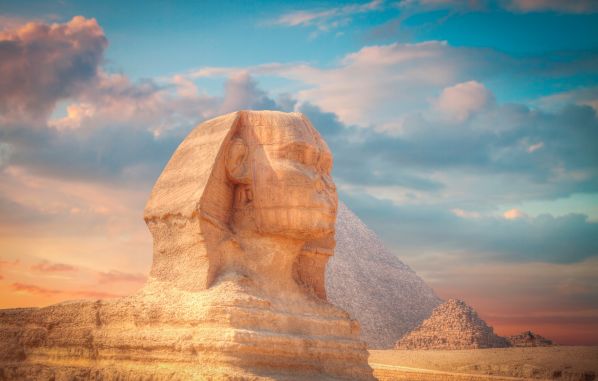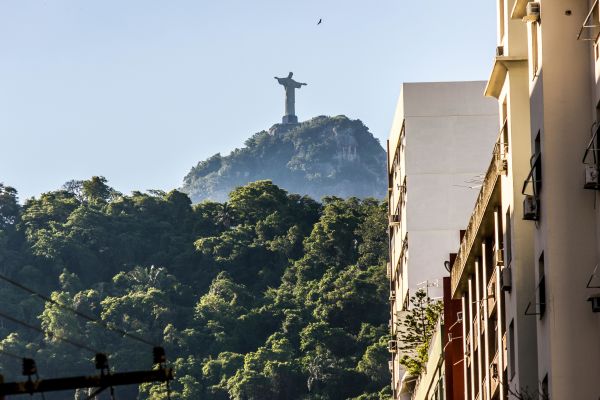Stargazing guide in the Elqui Valley: Everything you can see

There are places where gazing at the sky is to observe the immensity of the universe. One of them is the Elqui Valley , in the Coquimbo Region of northern Chile . Just over an hour from La Serena , this valley winds its way through mountains, vineyards, and sun-drenched villages, but its greatest treasure lies not on the ground, but above it: a sky so clear and deep that it seems to stretch endlessly.
In this region, the nights are a treasure. It's no coincidence: more than 300 clear nights a year allow you to enjoy the spectacle of the cosmos almost every day, both with the naked eye and through telescopes at world-renowned observatories .
From the city of La Serena to the towns of Vicuña , Paihuano , and Pisco Elqui , the sky transforms into a window to the universe . The combination of low light pollution , minimal humidity , Andean altitude , and atmospheric stability makes this area one of the best destinations on the planet for astronomical observation .
The valley is part of the Gabriela Mistral Dark Skies Sanctuary , the first of its kind in the world, created precisely to protect the purity of the night sky and promote a model of sustainable tourism .
Observatories in the Elqui Valley
The Elqui Valley is a veritable constellation of tourist observatories . The most well-known is the Mamalluca Observatory , located in Vicuña , a pioneer of astrotourism in Chile . There, expert guides teach visitors how to recognize constellations with the naked eye and allow them to observe planets , clusters , and nebulae through telescopes.

There is also the Pangue Observatory , which has professional-level instruments and offers a more technical and personalized experience for those looking to see the sky in detail.
In Pisco Elqui , the Alfa Aldea Observatory allows you to observe Saturn and its rings or Jupiter's moons . At the same time, you can taste wines from the valley and listen to local stories about the cosmos .
In addition, the equipment at the Galileo Observatory will allow you to observe nebulae , star clusters , the Moon and the planets of the solar system with impressive quality.
Astronomical experience in the Elqui Valley (3 days / 2 nights)
What you can see in the sky of the Elqui Valley
Under the dark sky of the valley, the human eye can distinguish thousands of stars that in other parts of the world have disappeared behind the glare of cities. On moonless nights, the Milky Way appears so bright that it seems to have texture.

Among the most visible constellations are the Southern Cross (Crux) , symbol of the southern hemisphere; Centaurus , with the bright Alpha Centauri , the closest star to our solar system; Carina , which houses the majestic Eta Carinae Nebula ; and Scorpius and Sagittarius , which point in the direction of the center of the galaxy .
With the help of telescopes , visitors can observe the Moon and its craters , Saturn's rings , Jupiter's moons , the reddish glow of Mars , and even the changing colors of Venus . Some observatories also display distant galaxies and star clusters , such as the Jewel Box Cluster or the Magellanic Clouds , two satellite galaxies visible only from the Southern Hemisphere .
During the colder months, between May and August , the Milky Way 's core is visible for longer periods, reaching its peak between 3:00 and 5:00 a.m. It's the perfect season for night photographers , who travel from all over the world to capture its glow.

And if you're lucky, you might also see meteor showers like the Perseids (August) or the Geminids (December) , small fragments of comets that burn up as they enter the Earth's atmosphere , leaving luminous trails across the purest sky on the planet .
Tips for experiencing astronomy
The Elqui Valley can be visited year-round, but the best conditions for stargazing occur between September and November or between March and May , when the nights are longer, the temperatures are pleasant, and visibility is optimal.

If you're planning a night of stargazing , bring warm clothing , as temperatures drop considerably after sunset. Pack a red flashlight (to avoid disrupting your eyes' ability to adapt to the dark) and comfortable shoes . If you intend to take photographs , don't forget a tripod and a camera with a long exposure time : each image will capture more than your eyes can see.
To see the Milky Way in all its splendor, choose moonless nights , that is, during the new moon , when the sky is completely dark and the galaxy extends with its natural brightness.
Furthermore, the magic of the Elqui Valley doesn't end when you turn off the telescope. Staying in Vicuña , Pisco Elqui , or Paihuano will allow you to combine the nighttime experience with daytime excursions to vineyards , heritage tours , visits to the Gabriela Mistral Museum, and exploring the pisco routes .

Many travelers agree that gazing at the stars from this valley evokes a unique connection with the universe . There's a feeling of insignificance, but also of belonging. Discover it on your astronomical journey to the Elqui Valley !
You may also be interested in: What is Diwali, the Festival of Lights in India




















